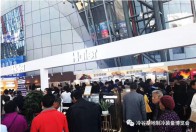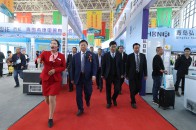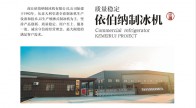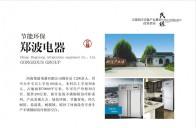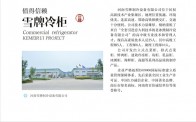DEMAND CONTROL FOR FRESH AIR VENTILATION IN COMMER
Source control and adequate supply of outdoor air are two strategies that used to achieve good Indoor Air Quality (IAQ). The design fresh air supply flowrate depends on the peak occupancy. In an office with varying occupancy or large infiltration, it offers an opportunity for energy conservation by varying the first air flow rate on demand.
In conventional Demand Controlled Ventilation (DCV), the sole goal is to reduce energy consumption on maintaining a space carbon dioxide (CO2) set point. Other indoor comfort conditions are not taken into consideration. In this research, a Demand Controlled Ventilation (DCV) system was implemented in an office to evaluate the potential saving for the whole building. At the same time , a thermal comfort study was conducted to ensure that the thermal comfort was not jeopardised.
The office was served by a variable air volume (VAV) system. The fresh air flow rate was supplied into the air handling unit (AHU) room from a central fresh air supply system. There was no control on the fresh air flow rate into the AHU room other than a balanced volume control damper (VCD). A Direct Digital Control system was designed to regulate the fresh air flow rate. The balanced VCD was regulated by an electric actuator to vary the fresh air flow rate. The control of the damper was effected by an algorithm by an error function of the space CO2 and the designed set point at 1000 ppm.
To ensure the DCV did not induce an adverse thermal environment, a thermal comfort survey was conducted. The result was positive. The CO2 in both the office space and the return path inside the air handling unit room were recorded. The air tightness of the building was estimated from the metabolic carbon dioxide decay when everybody left the office. The air change rate of the office at any time was estimated by discretising the Zone CO2 equation. The energy saving was estimated by comparing the fan power and cooling energy required in the full supply system.
A ventilation model based on the metabolic carbon dioxide profile was used to evaluate the fresh air supply flow rat. The building air tightness was also estimated from the metabolic carbon dioxide decay at night time when the system was switched off. It was estimated that with a DCV , this office had a potential energy saving of 41$. Assuming the rate of fresh fir flow reduced at the same proportion in other offices in the same building ,it is estimated that estimated that 3.5 millions of energy cost can be saved.


